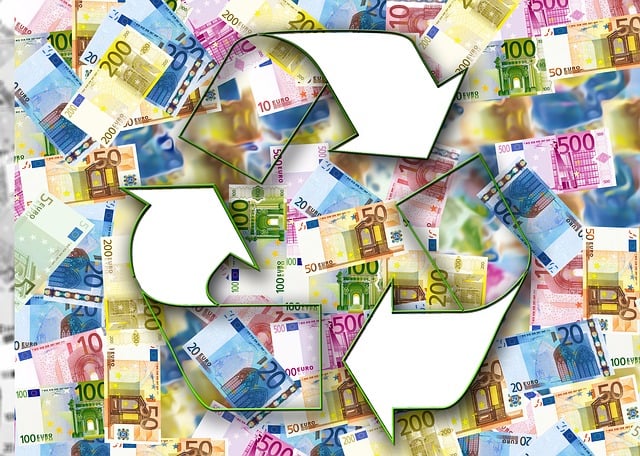Economic growth drives real estate demand through higher disposable incomes and consumer confidence, encouraging investment in larger properties and diversifying portfolios. This boom reshapes urban landscapes with new developments. Rising incomes, high-paying jobs in cities, population growth, and limited housing supply drive up property prices, making real estate a sought-after commodity.
Economic growth has propelled a real estate boom, with rising incomes and population expansion driving unprecedented property demand. As economic indicators soar, buyers are entering the market in full force, competing for limited inventory. This surge in demand is not only transforming urban landscapes but also presenting opportunities and challenges for developers and investors alike. Understanding these trends is crucial for navigating the dynamic real estate landscape.
Economic Growth Sparks Real Estate Boom

Economic prosperity and robust growth are often catalysts for a real estate boom, as elevated disposable incomes and increased consumer confidence drive market demand. During periods of economic expansion, job security strengthens, prompting individuals to invest in larger or more luxurious properties, believing their value will appreciate over time. This surge in purchasing power directly impacts the real estate sector, leading to heightened competition among buyers and sellers.
With growing wealth, there’s also a tendency towards diversifying investment portfolios, including real estate as a hedge against inflation. As a result, investors flock to secure desirable properties, further inflating property values and creating a self-perpetuating cycle of demand. This dynamic, driven by economic growth, can significantly reshape urban landscapes, leading to vibrant new developments and revitalized neighborhoods.
Rising Incomes Fuel Property Demand

In recent years, a significant driver of property demand has been the steady rise in incomes across various sectors. As economic booms take hold, individuals and families experience increased purchasing power, prompting them to upgrade their living arrangements. This trend is particularly evident in urban centers where high-paying jobs are concentrated, leading to a surge in real estate activity. With more disposable income, buyers are not only seeking larger or more luxurious homes but also investing in properties as a means of securing financial stability and potential long-term gains.
The correlation between rising incomes and property demand is undeniable. As economic prosperity spreads, individuals are more inclined to make substantial investments in real estate, be it for personal use or as a strategic financial move. This dynamic has significantly impacted the market, causing prices to appreciate and driving competition among buyers. Consequently, understanding this link is crucial for both property developers and investors navigating the current real estate landscape.
Population Expansion: More Homes Needed

With many cities experiencing significant population growth, the demand for real estate has skyrocketed. This expansion is a driving force behind the rising need for more housing options across various sectors. As communities thrive and attract new residents, the existing housing stock often falls short of meeting the requirements of this booming population.
The situation is further exacerbated by the fact that not all areas can accommodate rapid population growth through new construction. Zoning laws and geographical constraints limit development potential in certain regions, putting even more pressure on available properties. Consequently, real estate becomes a valuable commodity, with prices tending to increase as demand outstrips supply.






